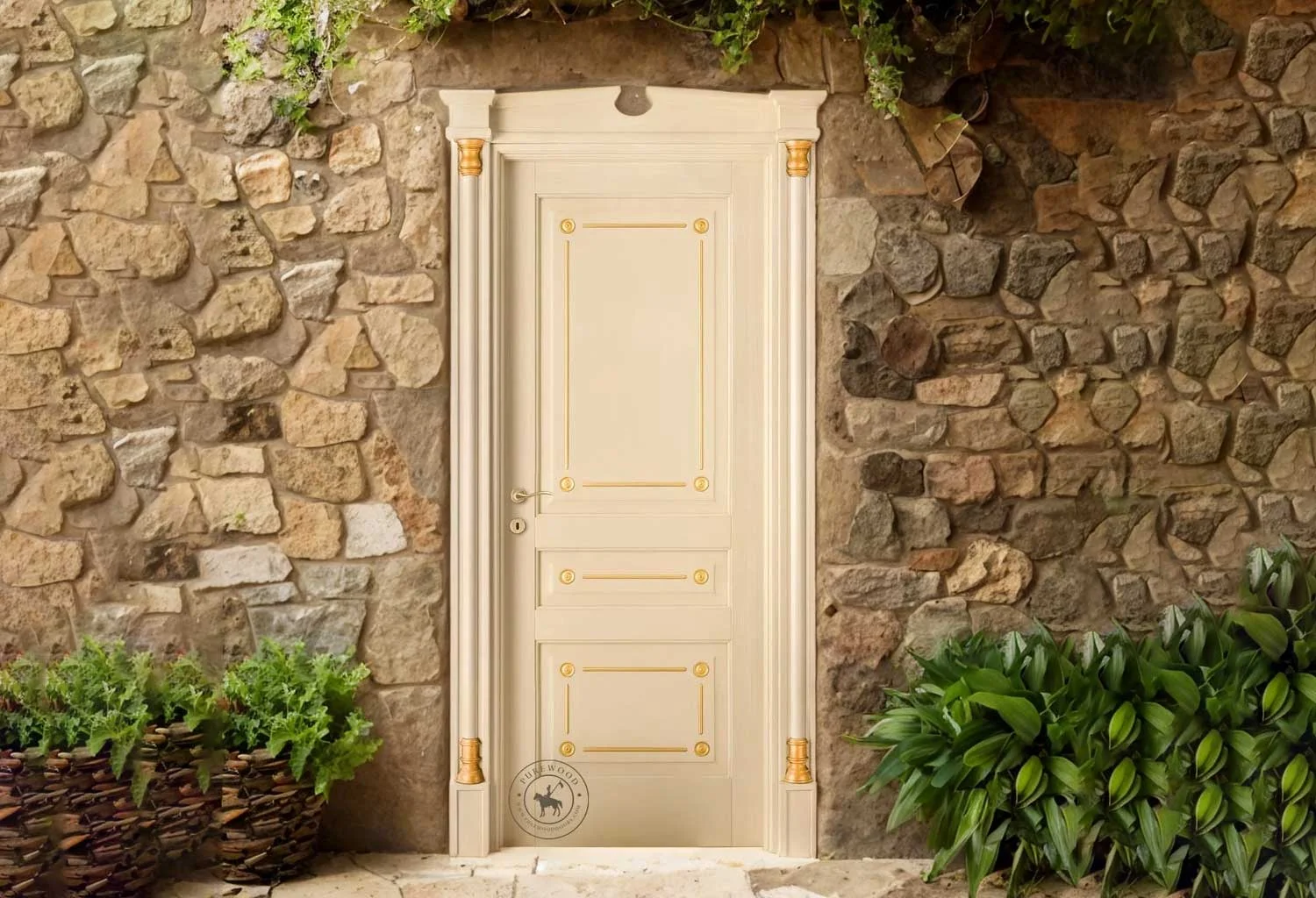Doors That Withstand the Elements: The Evolution of Weather-Resistant Design

Extreme weather is becoming more common worldwide, and homes are increasingly at risk of damage from storms, high winds, and temperature extremes. Fortunately, weather-resistant windows and doors are advancing, offering homeowners peace of mind and protection from the elements. This article explores how the latest in window and door technology helps keep homes safe, comfortable, and resilient against nature’s toughest challenges.
Why Weather-Resistant Design Matters
With the increase in extreme weather events, investing in weather-resistant doors and windows is more important than ever. Homes in coastal areas face high winds and hurricanes, while homes in snowy regions contend with freezing temperatures and heavy snowfall. Beyond providing structural protection, these advanced windows and doors also offer energy efficiency, security, and lasting durability.
Key Technologies in Weather-Resistant Windows and Doors
Not all doors and windows are equipped to withstand extreme conditions. Here are some of the cutting-edge technologies that set weather-resistant products apart:
- Impact-Resistant Glass: Developed for areas prone to hurricanes and severe storms, impact-resistant glass can withstand high-velocity winds and flying debris. It’s typically composed of two or more layers of laminated glass with a polymer interlayer that keeps the glass intact even when cracked, reducing the risk of shattering.
- Reinforced Frames: Frames play a crucial role in a window or door’s durability. In weather-resistant designs, frames are often made from reinforced materials like aluminum, steel, or composite materials that resist warping, corrosion, and impact. Reinforced frames also support impact-resistant glass and contribute to the product’s longevity.
- Advanced Sealing Systems: Weather-resistant windows and doors come with advanced sealing and weatherstripping that block drafts, water, and dust. These seals not only prevent leaks during heavy rain but also provide insulation, improving energy efficiency by keeping out extreme temperatures.
- Thermal Insulation and Low-E Glass: Windows in extreme climates often feature thermal breaks and Low-E (low-emissivity) coatings. Thermal breaks are barriers within the frame that prevent heat transfer, while Low-E coatings reflect UV and infrared rays, maintaining stable indoor temperatures and preventing fading of interiors.
- UV-Resistant Coatings and Finishes: UV exposure can cause materials to degrade over time, particularly in sunny climates. UV-resistant coatings on windows and doors prevent damage from sun exposure, extending the product’s lifespan and maintaining its appearance.
Choosing the Right Products for Different Climates
Weather-resistant doors and windows come in various types, each designed to handle specific climate challenges. Here’s a guide to choosing the right products based on regional conditions:
- Coastal Areas: Homes along the coast need windows and doors that can handle high winds, salty air, and hurricanes. Look for impact-resistant glass and corrosion-resistant frames, such as those made from powder-coated aluminum or treated composite materials.
- Hot and Arid Climates: In desert areas, heat and UV exposure are the main concerns. Windows with Low-E coatings and UV-resistant finishes are ideal, as they reflect sunlight and prevent overheating indoors. Double-pane glass with a thermal break in the frame is also recommended to insulate against intense heat.
- Cold and Snowy Regions: In areas with heavy snowfall and freezing temperatures, energy-efficient windows with triple glazing and Low-E glass help maintain warmth indoors. Reinforced frames with thermal breaks prevent warping and condensation buildup, ensuring the window’s integrity.
- Tornado-Prone Zones: Impact-resistant glass and reinforced frames are essential in areas at risk of tornadoes. These features prevent shattering and debris penetration, providing an added layer of protection in dangerous conditions.
Examples of Durable, Weather-Resistant Designs
Weather-resistant doors and windows are not only functional but can be stylish as well. Here are some popular designs that combine resilience with visual appeal:
- Sliding Glass Doors with Impact Resistance: Ideal for patios or balconies, sliding glass doors with impact-resistant glass allow light to enter the home while offering a sturdy barrier against storms and high winds.
- Floor-to-Ceiling Windows with Reinforced Frames: Floor-to-ceiling windows are popular in modern home design. When paired with reinforced aluminum or composite frames, they withstand temperature extremes and provide excellent insulation.
- Fiberglass Doors with Insulation Core: Fiberglass doors are both weather-resistant and energy-efficient. They’re typically made with an insulation core that provides thermal efficiency and durability against moisture, rot, and cracking.
Case Studies: Real Homes That Have Benefited from Weather-Resistant Windows and Doors
To understand the benefits of weather-resistant windows and doors, consider these real-world examples:
- Hurricane-Proofing a Coastal Home in Florida: After the 2017 hurricane season, a Florida homeowner decided to upgrade their windows and doors to impact-resistant models. The installation included double-pane laminated glass and reinforced aluminum frames. When Hurricane Dorian hit in 2019, the windows withstood high winds and flying debris, keeping the family safe and the home intact.
- Desert Comfort in Arizona: In Scottsdale, Arizona, a homeowner faced constant issues with fading furniture and high energy bills. They installed UV-resistant windows with Low-E glass, reducing their cooling costs by 25% and preserving the color of their interiors.
Long-Term Benefits of Weather-Resistant Windows and Doors
Investing in weather-resistant windows and doors offers several long-term advantages, including:
- Enhanced Safety: Reinforced glass and frames protect the home from break-ins and debris during extreme weather, providing peace of mind for homeowners.
- Lower Maintenance Costs: Weather-resistant materials are designed to withstand harsh conditions, which means fewer repairs and replacements over time.
- Improved Energy Efficiency: These products help maintain stable indoor temperatures, reducing the load on heating and cooling systems and lowering energy bills.
- Increased Property Value: Homes with durable, weather-resistant windows and doors are more appealing to potential buyers, particularly in areas known for extreme weather.
What to Look for When Choosing Weather-Resistant Windows and Doors
If you’re interested in upgrading to weather-resistant options, here are some key considerations:
- Verify Certifications: Check for certifications like ENERGY STAR, which indicates energy efficiency, and the Miami-Dade Notice of Acceptance (NOA) for hurricane-resistant products.
- Understand Warranties: Quality weather-resistant windows and doors typically come with warranties that cover certain types of damage. Review these warranties to understand what’s protected.
- Consult with a Specialist: A professional can help you choose the right windows and doors based on your climate and home’s architecture, ensuring you get the most effective protection.
Conclusion: Protecting Your Home and Future with Weather-Resistant Windows and Doors
As extreme weather becomes more common, investing in weather-resistant windows and doors is a practical way to protect your home. From impact-resistant glass to thermal insulation, these innovations provide homeowners with a strong defense against nature’s unpredictability. By choosing durable, weather-resistant products, you’re safeguarding not just your home’s structural integrity but also your safety and comfort.
In addition to peace of mind, weather-resistant doors and windows add value, reduce energy costs, and enhance the longevity of your home’s structure. Whether you’re building a new home or upgrading your current one, selecting weather-resistant windows and doors is a wise investment in a resilient, sustainable future.



 Single Main Doors
Single Main Doors Double Main Doors
Double Main Doors Glass Main Doors
Glass Main Doors Bedroom Doors
Bedroom Doors Bathroom Doors
Bathroom Doors Teak Wood Doors
Teak Wood Doors Oak Wood Doors
Oak Wood Doors
